Separation processes are a cornerstone of modern chemical engineering, providing essential methods for isolating and purifying materials across various industries. The importance of efficient separation technologies cannot be overstated, as they enable the recovery of valuable components, the purification of products, and the removal of contaminants. Separation techniques range from traditional methods like distillation and centrifugation to more advanced approaches such as membrane filtration, chromatography, and adsorption. Each method is selected based on the specific characteristics of the mixture, such as component size, solubility, volatility, and affinity for certain materials. Recent developments in separation processes have focused on increasing efficiency and reducing environmental impact. For instance, advances in membrane technology, such as the development of ultra-thin and high-selectivity membranes, have expanded their application in water treatment, gas separation, and even in biotechnology for protein purification.
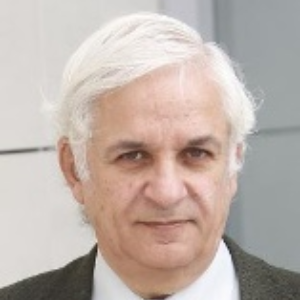
Victor Cerda
University of the Balearic Island, Spain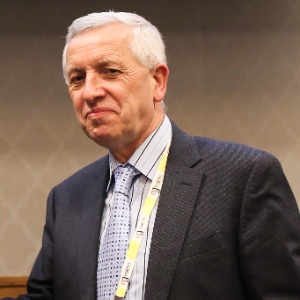
Stanislaw Dzwigaj
Sorbonne University, France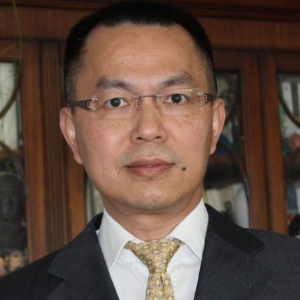
Giang Vo Thanh
University Paris Saclay, France
Anne M Gaffney
University of South Carolina, United States
Eleana Kordouli
University of Patras, Greece
Mehdi Parivazh
Monash University, Australia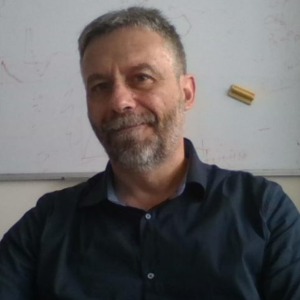
Maurizio Cossi
Universita del Piemonte Orientale, Italy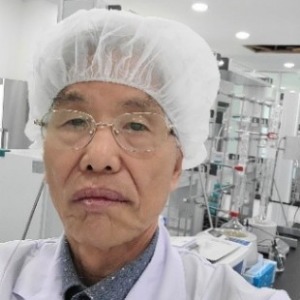



Title : A desirable framework for establishing a resource circulation society
Dai Yeun Jeong, Jeju National University, Korea, Republic of
Title : Design of efficient and stable structured catalysts for biofuels transformation into syngas by using advanced technologies of nanocomposite active components synthesis, supporting on heat conducting substrates and sintering
Vladislav Sadykov, Novosibirsk State University, Russian Federation
Title : Effective B2O3 modified Ni/Al2O3 co precipitated catalysts for waste cooking oil transformation into green diesel
Eleana Kordouli, University of Patras, Greece
Title : Personalized and Precision Medicine (PPM) as a unique healthcare model through Bi-odesign-Inspired Bio- and chemical engineering applications to secure the human healthcare and biosafety: Engineering of biocatalysts - from evolution to creation
Sergey Suchkov, N.D. Zelinskii Institute for Organic Chemistry of the Russian Academy of Sciences, Russian Federation
Title : Sonophotocatalysis in advanced oxidation process: A short review
Collin G Joseph, University Malaysia Sabah, Malaysia
Title : Development of CSM recovery methods based on their adsorption on biochar from lignocellulosic residues
Bintou Sanagare, Universite de Quebec a Trois-Rivieres , Canada